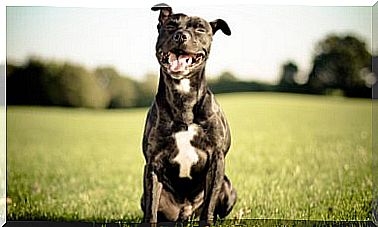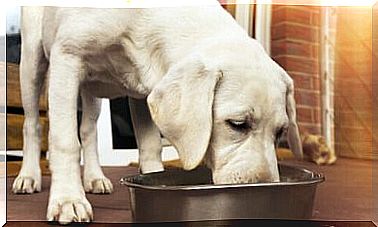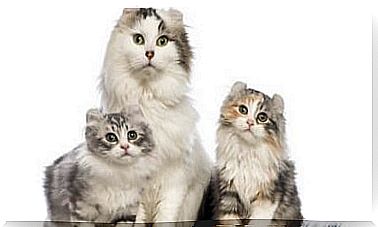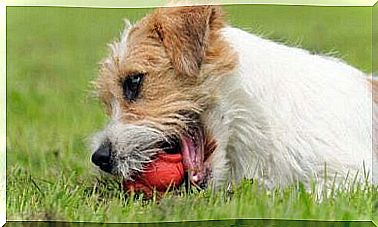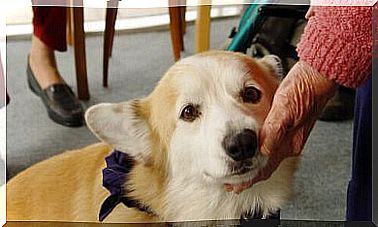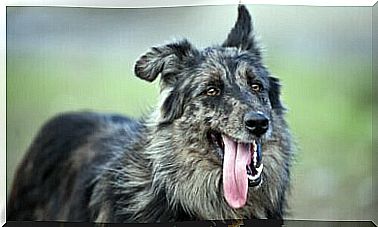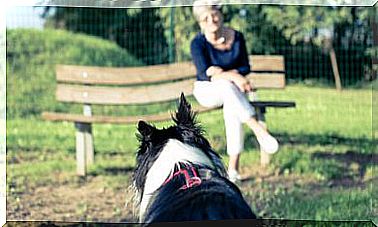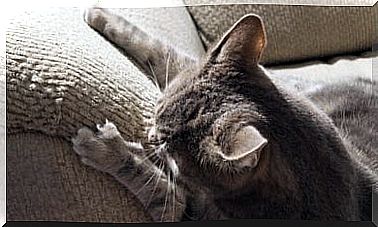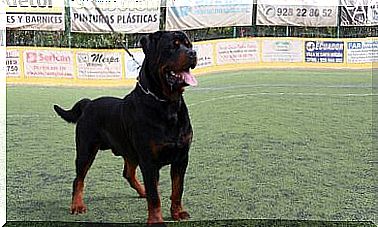Differences Between Cat And Dog Feeding
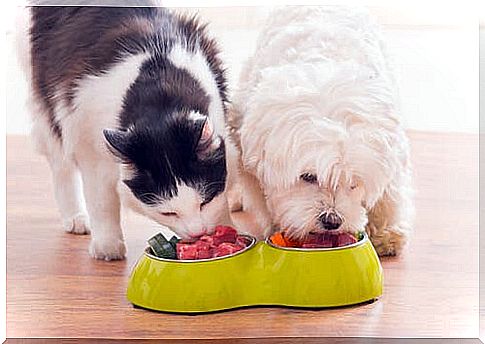
Dogs and cats not only differ in appearance and behavior, but also exhibit different nutritional needs. This means that their bodies cannot digest and assimilate the same nutrients. Below we invite you to discover the main differences in cat and dog nutrition to ensure optimal nutrition for your pets.
5 differences in cat and dog nutrition
1. Dogs can be omnivores, cats can’t
The first and main difference in the diet of cats and dogs is that the organism of dogs can adapt to an omnivorous diet, while cats are mainly carnivores.
In other words, dogs can receive and eat a greater variety of foods than cats. The diet of the latter, on the other hand, must be based on the consumption of proteins and fats of animal origin.
Dogs, on the other hand, can also ingest other ingredients in moderate quantities, such as carbon hydrates, good plant-based fats, fruits and vegetables.
However, some fruits and vegetables are also suitable for cats and help strengthen their immune system. But while some products of plant origin are allowed, meat is the pillar of a cat’s diet.
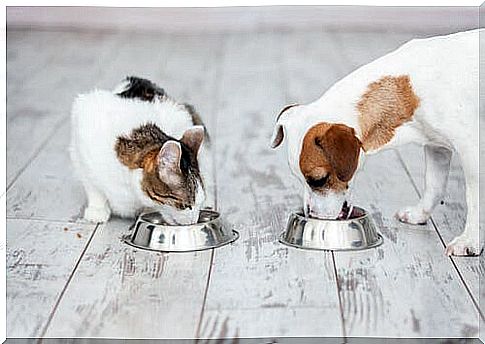
2. Cat and dog feeding: cats are generally more selective
One of the most frequent complaints among those who have a cat at home concerns the demanding palate of this animal. It is impossible to deny that cats are much more selective about food than dogs.
These animals adopt a strict routine as a self-protection strategy to avoid exposing themselves to dangerous or unfavorable contexts. As a result, they are less prone to novelty in their daily life, but also in their diet.
However, it is possible to soften the palate of cats by offering them different textures, flavors and aromas from a very young age. During the first six or seven months of life, cats shape their behavior towards people, other cats and food.
3. Dogs swallow food, while cats divide it
Anyone who shares their home with a dog knows that these animals practically swallow food, chewing the indispensable minino. Although this is common to all dogs, some breeds are more greedy than others, including the Labrador, Golden Retriever, Newfoundland or Beagle.
Conversely, cats who enjoy a balanced diet and healthy routine rarely show themselves to be voracious. Generally, in fact, they divide food, a habit that leads them to eat small portions several times a day. They only eat enough quantity to fill themselves up on every occasion.
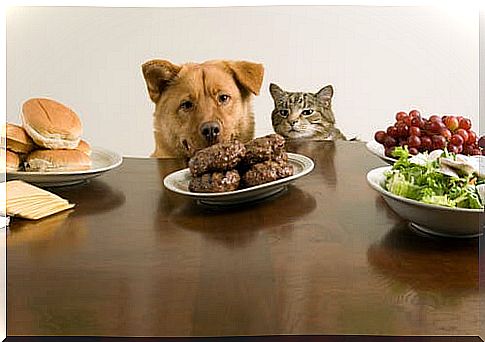
This explains why binge eating and digestive upset associated with excessive food consumption are much more common among dogs than cats. The same applies to episodes of intoxication and domestic accidents resulting from the consumption of chemicals, medicines, garbage, etc.
4. Cat and dog feeding: Prolonged fasting is more dangerous for cats
Prolonged fasting, i.e. not eating frequently for many hours or days, is very dangerous for both dogs and cats. Despite this, in a similar context , cats are more prone to developing hepatic lipidosis.
The body of cats needs the action of proteins ingested through food, among other reasons for metabolizing gaseous in the liver. If the animal spends several hours without eating, the risk of an abnormal concentration of hepatic lipids increases.
The metabolization of fats in the liver of dogs occurs differently and does not depend only on the consumption of external proteins. This is why cases of canine hepatic lipidosis are far rarer.
5. Dogs have a greater ability to hydrate themselves naturally
Voluntary consumption of liquids is also one of the main differences between cat and dog nutrition. Dogs typically naturally hydrate much more than cats, because they drink a large volume of water throughout the day.
In fact, in cats health problems are more common, especially with the kidneys, caused by dehydration or poor hydration. The diet of cats, therefore, should include a correct intake of wet food, preferably prepared at home.
